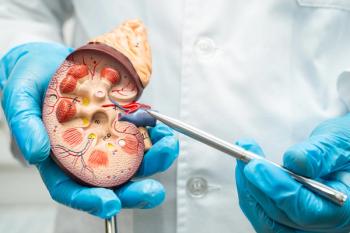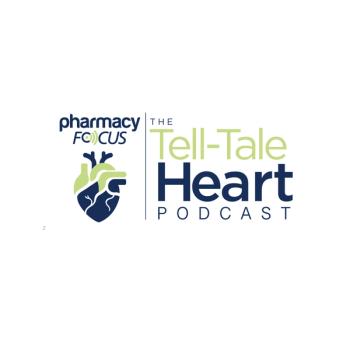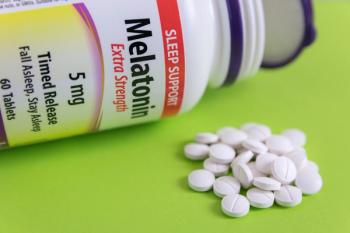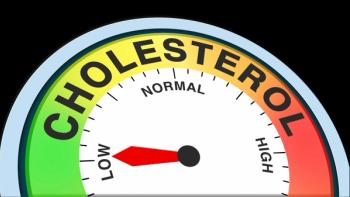
Oxygen Levels Influence Cancer Stem Cell Growth
Low oxygen conditions encourage some cancer stem cells to multiply.
Low oxygen conditions were found to increase cancer stem cell growth in mice with breast cancer cells, a recent study found.
“Aggressive cancers contain regions where the cancer cells are starved for oxygen and die off, yet patients with these tumors generally have the worst outcome,” said researcher Gregg Semenza, MD, PhD. “Our new findings tell us that low oxygen conditions actually encourage certain cancer stem cells to multiply through the same mechanism used by embryonic stem cells.”
Stem cells are immature cells that multiply indefinitely and induce progenitor cells that mature into specific cell types found in tissue during embryonic development. Furthermore, they replenish tissue throughout the duration of the organism’s life.
Although tumor stem cells use this approach as well, the stem cells will instead be used to enhance survival.
“Chemotherapy may kill more than 99% of the cancer cells in a tumor but fail to kill a small population of cancer stem cells that are responsible for subsequent cancer relapse and metastasis,” Semenza said. “The search has been intense to find these cells' Achilles' heel. If we could get cancer stem cells to abandon their stem cell state, they would no longer have the power to keep repopulating tumors.”
Recent studies have shown that low oxygen conditions increase hypoxia-inducible factor (HIF) levels. This family of proteins are responsible for turning on hundreds of genes, especially NANOG, which aids cells into becoming stem cells.
A study published in the Proceedings of the National Academy of Sciences involved 2 human breast cancer cell lines that responded to low oxygen conditions. This was caused by the increased production of the protein ALKBH5, responsible for removing methyl groups from mRNAs.
The results of the study showed that low oxygen conditions increased NANOG’s mRNA levels through HIF protein activities. This turned on the gene for ALKBH5, decreasing methylation and subsequent destruction of mRNA.
When the cells couldn’t make ALKBH5, the number of cancer stem cells and the levels of NANOG decreased. Researchers then altered the cell’s genetics in order to increase ALKBH5 levels without exposing them to low oxygen.
Researchers found that methylation of NANOG mRNA decreased, while the number of breast cancer stem cells increased.
The live mice used during the study were injected into their mammary fat pads with 1000 triple-negative breast cancer cells. All 7 of the injected mice formed tumors from the unaltered cells, while 43% of mice developed tumors when they were given cells missing ALKBH5.
“That confirmed for us that ALKBH5 helps preserve cancer stem cells and their tumor-forming abilities,” Semenza said.
Future studies will determine whether low oxygen, ALKBH5, and NANOG affects metastasis. Additionally, researchers will explore other proteins and mRNAs involved and why certain cancer lines did not show the same increased levels of ALKBH5 in low oxygen conditions.
Newsletter
Stay informed on drug updates, treatment guidelines, and pharmacy practice trends—subscribe to Pharmacy Times for weekly clinical insights.


















































































































































































































